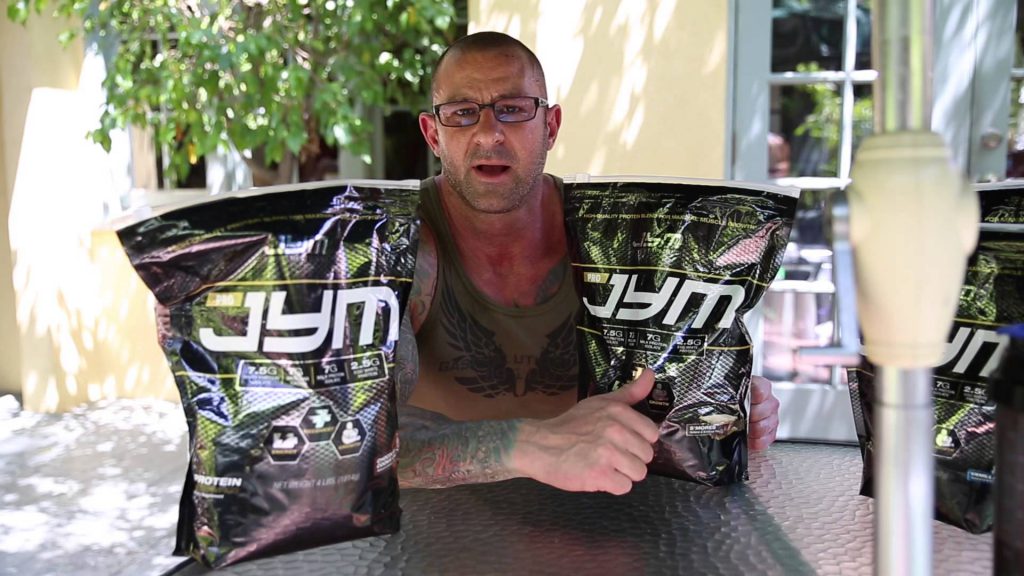Benefits and Side-Effects of Creatine Monohydrate
Before we get into a detailed analysis of the benefits and side-effects of creatine monohydrate, let us define what creatine actually is. Creatine is a natural substance, which is produced mainly in the liver and its main storage is in the muscle tissue, skeletal muscle and a minor percentage is located in other organs of the human body like the testicles. It is actually the result of a combination of three amino acids: glycine, methionine and arginine and it is transported via the blood circulation throughout the muscle cells.
An external source of creatine is our daily diet. Creatine was named after the Greek word creas, which means meat. As you understand, food that contains meat is a valuable source of creatine. However, other foods like fish, dairy or dry fruits are also rich in creatine.
Creatine as a supplement is to be found in different forms. Nevertheless, it’s most popular form between athletes and especially weightlifters and bodybuilders is creatine monohydrate. Monohydrate contains a high percentage of pure creatine and therefore it is much more effective and nutritionally valuable.
Benefits
Creatine monohydrate helps increase strength, endurance and muscle mass. In most athletes the results are almost immediate and reports indicate that a 10% of strength increase is possible in the first couple of weeks.
Side Effects
Scientific research over the last years showed that creatine doesn’t cause any serious side-effects. However, overdose can lead to various complications such as kidney or liver dysfunctions. It is also recommended that people with allergies should avoid creatine.
Creatine monohydrate intake should be accompanied with plenty of water intake. This supplement withholds water inside the muscle cells. So keeping your body sufficiently hydrated during the day is important in order to avoid potential complications like dehydration.
Unlike other supplements in taking the right dosage of creatine monohydrate is very critical. Normally, you will start with a “filling” period of one week, where you will take 20 grams daily. In the second stage, which is called “maintenance phase” you will take five grams a day. The whole cycle will not last more than four to six weeks. After that a “pause period” of one or two months must follow. The exact dosage guideline can vary between different brands, but the general rule is pretty much the same.
Unfortunately creatine got a bad reputation. Many people wrongly connect it with steroids. Such a statement is actually totally ridiculous if you take into consideration all the above written in addition to all the scientific studies regarding creatine.
Keep those muscles pumping!
Benefits and Side-Effects of Creatine Monohydrate by Chris G Pap



